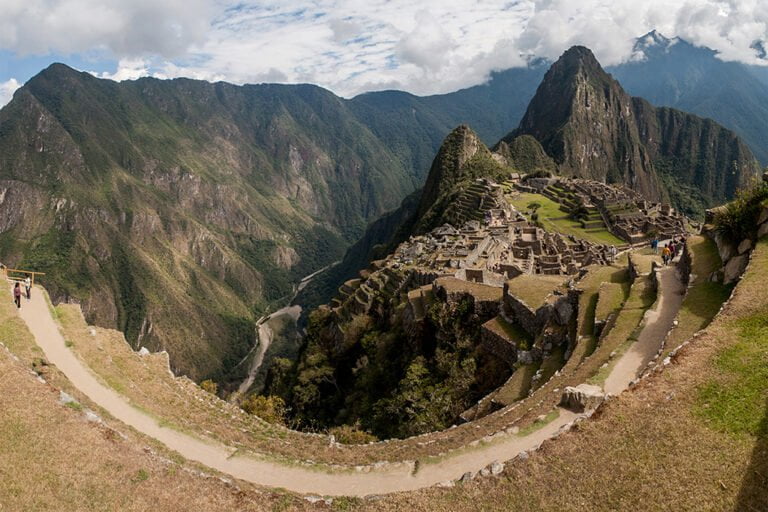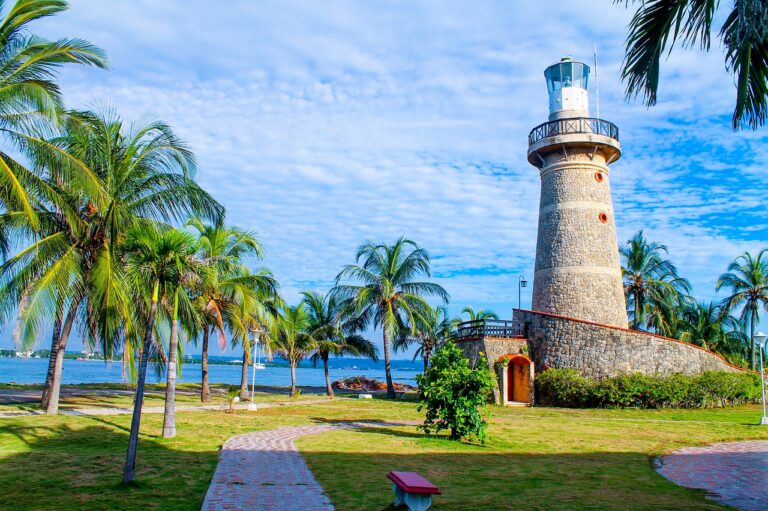Is Iceland Safer Than New Zealand?
Iceland and New Zealand are often considered two of the safest countries in the world, with low crime rates, strong law enforcement, and a deep commitment to protecting both visitors and locals. While both countries are generally very safe, Iceland has a slightly lower crime rate, with fewer violent crimes and a lower murder rate. New Zealand, on the other hand, has a higher road fatality rate and more frequent seismic activity. However, both countries have low rates of violent crime, making them ideal destinations for adventure-seekers. As you venture into the unique landscapes and cultures of these nations, discover the subtle nuances that set them apart.
Crime Rates: A Comparative Analysis
Both Iceland and New Zealand boast impressively low numbers when it comes to crime rates, with Iceland consistently ranking as one of the safest countries in the world and New Zealand following closely behind. According to the Global Peace Index, Iceland ranked first in 2020, while New Zealand secured the fourth spot. Low crime rates in both countries can be attributed to strong social bonds, high levels of trust in institutions, and effective law enforcement. Additionally, both nations have low rates of violent crime, with Iceland averaging 1.8 homicides per million people and New Zealand averaging 2.5. Overall, visitors and residents can feel secure in both countries, allowing them to focus on exploring the natural beauty and unique cultures that each has to offer.
Natural Disasters: Earthquakes and Volcanoes
As we shift our focus to natural disasters, it becomes apparent that both Iceland and New Zealand are prone to seismic activity, posing significant risks to residents and visitors alike. The unique geology of these countries makes them susceptible to powerful earthquakes and volcanic eruptions, which can have devastating consequences. In this section, we will examine the specific dangers associated with these natural disasters and how they impact the safety of these two countries.
Seismic Activity Risks
Located on the boundary of the Eurasian and North American tectonic plates, Iceland is particularly prone to seismic activity, with its unique geology making it one of the most volcanically active countries in the world. This positioning creates a high risk of earthquakes, with the Icelandic Met Office reporting over 500 seismic events annually. While most are minor, some can be significant, such as the 2008 South Iceland earthquake that measured 6.3 on the Richter scale. In contrast, New Zealand, situated on the boundary of the Australian and Pacific tectonic plates, also experiences seismic activity, but at a lower frequency and intensity than Iceland. Understanding these risks is vital for visitors and residents alike, enabling them to take necessary precautions and stay informed about potential seismic events.
Volcanic Eruption Dangers
Iceland’s unique geology not only makes it prone to seismic activity but also creates a significant risk of volcanic eruptions, with over 130 volcanoes scattered throughout the country, many of which are active and potentially hazardous. This volatile landscape demands attention, as volcanic eruptions can have devastating consequences. Consider the following potential risks:
- Air travel disruptions: Volcanic ash clouds can ground flights, stranding travelers and disrupting global air traffic.
- Environmental damage: Eruptions can release toxic gases, affecting local ecosystems and potentially causing long-term damage.
- Pyroclastic flows: Fast-moving, deadly clouds of hot ash, gas, and rock can threaten nearby communities.
While Iceland’s volcanic activity is awe-inspiring, it’s essential to acknowledge the risks involved and take necessary precautions to safeguard safety.
Road Safety: Accidents and Fatalities
As we shift our focus to road safety, it’s essential to examine the contrasting landscapes of Iceland and New Zealand, where rugged terrain and unique driving conditions can profoundly impact accident rates. In this regard, a closer look at fatal crash rates, road conditions, and driver behavior can provide crucial insights into the safety of these two nations’ roads. By exploring these key factors, we can better understand the nuances of road safety in Iceland and New Zealand.
Fatal Crash Rates
Fatal crash rates serve as a stark reminder of the importance of road safety, with both Iceland and New Zealand grappling with the devastating consequences of accidents on their roads. According to the World Health Organization (WHO), road traffic injuries are a leading cause of death globally. In Iceland, the fatal crash rate has been steadily decreasing, with 4.3 road deaths per 100,000 population in 2020. In contrast, New Zealand’s fatal crash rate remains higher, with 5.6 road deaths per 100,000 population in 2020.
Here are three key statistics highlighting the disparity in fatal crash rates between Iceland and New Zealand:
- Iceland’s fatal crash rate is 23% lower than New Zealand’s.
- New Zealand’s road death rate is 30% higher than the OECD average.
- Iceland’s road fatalities per vehicle are 55% lower than New Zealand’s.
Road Conditions Matter
Road safety experts agree that the condition of a country’s roads plays a significant role in preventing accidents and fatalities, and both Iceland and New Zealand have unique challenges in this regard. Iceland’s rugged terrain and harsh weather conditions, such as blizzards and glacial rivers, can make its roads hazardous, particularly for tourists unfamiliar with the landscape. New Zealand, on the other hand, has a more extensive network of roads, but its winding routes and scenic highways can be treacherous, especially for those navigating at high speeds. Both countries have invested heavily in road infrastructure, but the ever-changing environment and diverse geography mean that road conditions remain a critical factor in road safety.
Driver Behavior Compared
Driver behavior plays a substantial role in shaping a country’s road safety landscape, and a comparative analysis of Iceland and New Zealand reveals distinct patterns and trends. While both countries prioritize road safety, Icelandic drivers tend to be more cautious and defensive, with a stronger emphasis on seatbelt use and adherence to speed limits. In contrast, New Zealand drivers are more likely to engage in risky behaviors such as speeding and tailgating.
Some key statistics highlight these differences:
- Icelandic drivers are 25% more likely to wear seatbelts compared to New Zealanders.
- New Zealand has a 30% higher rate of speeding-related fatalities per capita.
- Iceland’s road fatality rate is 50% lower than New Zealand’s.
These disparities in driver behavior contribute notably to the differing road safety profiles of Iceland and New Zealand.
Petty Theft and Pickpocketing Incidents
When exploring the scenic landscapes of Iceland and New Zealand, tourists often let their guard down, making them vulnerable to petty theft and pickpocketing incidents. According to the Icelandic Police, pickpocketing is a common crime in tourist areas, particularly in Reykjavik. In New Zealand, petty theft is also prevalent, especially in popular tourist spots like Auckland and Queenstown. Visitors should be mindful of their belongings, especially in crowded areas and tourist hotspots. It’s essential to keep valuables secure and be cautious of distractions, such as street performers or people bumping into you. By taking simple precautions, travelers can minimize the risk of falling victim to petty theft and pickpocketing, allowing them to focus on enjoying their trip.
Violent Crime: Assault and Murder Rates
While both Iceland and New Zealand are considered safe countries, a closer examination of violent crime statistics reveals a more nuanced picture, with Iceland’s murder rate being substantially lower than New Zealand’s. In 2020, Iceland reported 0.9 homicides per 100,000 inhabitants, whereas New Zealand reported 2.2 per 100,000. This disparity is notable, and in addition, Iceland’s overall violent crime rate is also lower.
- In 2020, Iceland reported 134 assaults per 100,000 inhabitants, while New Zealand reported 544 per 100,000.
- Iceland’s rape rate is also lower, with 32.6 reported cases per 100,000 inhabitants, compared to New Zealand’s 63.4 per 100,000.
- Additionally, Iceland’s rate of serious assaults resulting in injury is markedly lower, with 11.9 reported cases per 100,000 inhabitants, compared to New Zealand’s 44.6 per 100,000.
Safety in Tourist Areas and Cities
In both Iceland and New Zealand, popular tourist destinations and major cities generally boast a strong police presence, contributing to a secure environment for visitors. This is particularly evident in areas like Reykjavik’s Laugavegur shopping street and Auckland’s Viaduct Harbour, where authorities maintain a visible presence to safeguard public safety. Additionally, both countries have implemented various initiatives to strengthen tourist safety, such as Reykjavik’s ‘Night Patrol’ and Auckland’s ‘City Safe’ programs. These efforts have resulted in low crime rates in tourist areas, allowing visitors to feel at ease while exploring these stunning countries. Overall, both Iceland and New Zealand provide a safe and welcoming environment for tourists to enjoy their travel experiences, with authorities taking measures to protect public welfare.
Expert Insights and Traveler Reviews
According to numerous expert assessments and traveler reviews, both Iceland and New Zealand consistently rank high regarding safety, with many praising the countries’ commitment to protecting visitors and locals alike.
Experts point to various factors contributing to this high level of safety, including:
- Low crime rates: Both countries boast low crime rates, with Iceland ranking 2nd and New Zealand 4th in the 2020 Global Peace Index.
- Strong law enforcement: Both countries have well-organized and effective law enforcement agencies, ensuring that crimes are quickly investigated and addressed.
- Community-oriented cultures: Iceland and New Zealand have strong community bonds, where locals look out for one another, contributing to a safe and welcoming environment for visitors.
These factors, along with the countries’ stunning natural beauty, make them attractive destinations for travelers seeking an adventure-filled, yet secure, experience.



